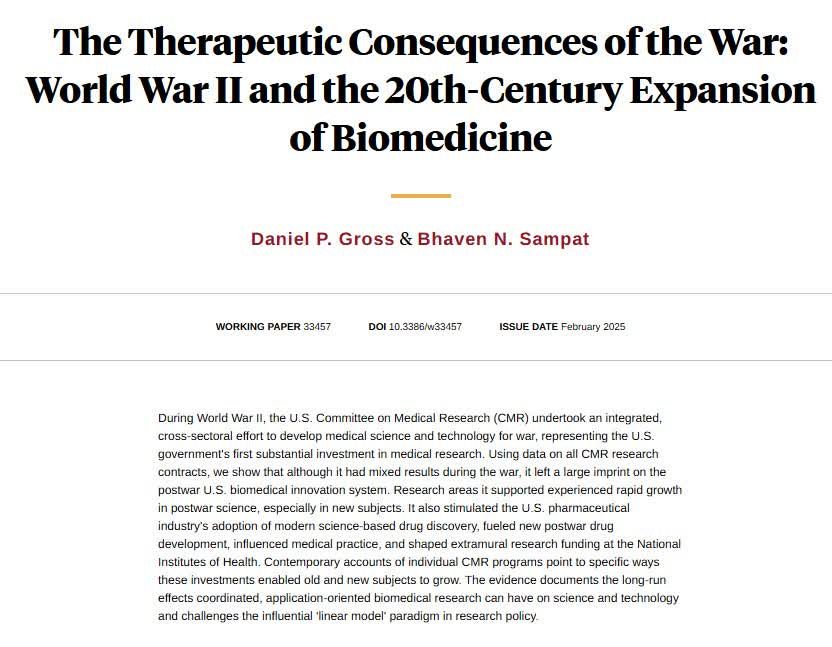
www.bmj.com/content/389/...

www.bmj.com/content/389/...

time.com/7198764/scie...

time.com/7198764/scie...


www.npr.org/sections/pla...
www.npr.org/sections/pla...
Decades ago, Kris Hansen showed 3M that its PFAS chemicals were in people’s bodies. Her bosses halted her work.
As the EPA now forces the removal of the chemicals from drinking water, she wrestles with the secrets that 3M kept from her and the world.
www.propublica.org/article/3m-f...

Decades ago, Kris Hansen showed 3M that its PFAS chemicals were in people’s bodies. Her bosses halted her work.
As the EPA now forces the removal of the chemicals from drinking water, she wrestles with the secrets that 3M kept from her and the world.
www.propublica.org/article/3m-f...



